10 Vibrant Plants That Will Transform Your Fall Garden
Garden enthusiasts understand the magical transformation that vibrant and colorful plants can create during the autumn season.
Seasonal landscapes become breathtaking canvases painted with remarkable hues that capture the imagination and soul of outdoor spaces.
Fall gardens possess an extraordinary potential to showcase stunning botanical diversity that transcends traditional summer color palettes.
Gardeners and landscape designers increasingly recognize the immense beauty of plants that maintain their visual appeal during cooler months.
Remarkable botanical specimens can provide stunning visual interest when most other greenery starts to fade and retreat into winter dormancy.
Strategic plant selection enables homeowners and garden lovers to curate outdoor environments that remain visually engaging and emotionally uplifting throughout the transitional autumn period.
Silver Leaves Dancing Mountain Whispers
Quaking aspen trees mesmerize landscape enthusiasts with distinctive white bark and extraordinary leaf movements that shimmer like delicate silver coins in sunlight.
Native to North America, these remarkable trees create dramatic visual displays during autumn, transforming forests with brilliant golden and orange hues that sweep across mountainsides.
Mountain regions of Colorado and Utah provide perfect habitats where aspen groves flourish, creating dense woodland ecosystems supporting numerous wildlife species.
Cool mountain climates enable these resilient trees to thrive without extensive maintenance, spreading through underground root systems that generate entire forest networks.
Delicate, round leaves attach to slender branches, producing distinctive trembling sounds when wind passes through their canopies.
Mature aspens reach impressive heights between 40 and 50 feet, offering substantial shade and aesthetic appeal for landscapers and nature lovers.
Scientific research reveals these trees communicate through interconnected root systems, sharing nutrients and environmental signals across entire groves.
Crimson Bush Blazes Autumn Landscape
Burning bush shrubs electrify landscapes with dramatic seasonal color shifts, blazing from green to intense scarlet red as autumn approaches.
Euonymus alatus, native to northeastern Asia, creates stunning garden displays that capture attention with its fiery transformation.
Bright red-orange berries punctuate the foliage, adding visual drama during fall's cool months.
Landscape designers appreciate this deciduous shrub for its compact shape and intense pigmentation that stands out among typical greenery.
Careful management prevents invasive spreading by removing ripe berries before they drop and self-seed in surrounding areas.
Mature plants typically reach heights of 6-8 feet, making them perfect for borders or standalone accent pieces.
Blue Star Power Garden Symphony
Blue star amsonia captivates gardeners with its distinctive star-shaped blossoms and remarkable seasonal color shifts.
Native to North America, this resilient perennial delivers exceptional landscape performance with minimal maintenance requirements.
Mature plants reach approximately two to three feet tall, creating elegant architectural structure in garden beds and borders.
Delicate blue flowers emerge in late spring, providing gentle visual interest before transforming into golden-yellow foliage during autumn months.
Sunlight exposure determines optimal growth, with full sun environments encouraging the most robust development.
Drought-tolerant characteristics make blue star amsonia an excellent choice for diverse landscape designs.
Pollinators such as bees and butterflies particularly enjoy visiting its intricate floral clusters throughout the blooming season.
Crimson Autumn Maple Majesty
Sugar maple emerges as a breathtaking landscape marvel, commanding attention with its spectacular autumn display of warm orange and crimson leaves.
Native to northeastern North America, this majestic tree grows impressively tall, reaching heights of 75 feet and spreading 50 feet wide in mature landscapes.
Ideal for spacious yards, sugar maples provide stunning seasonal color transformations that mesmerize viewers throughout fall.
Resilient and adaptable, these trees thrive in well-drained soil and moderate climates, making them perfect additions to gardens seeking natural beauty.
Landscape designers frequently select sugar maples for their remarkable canopy and rich ecological contributions.
Wildlife enthusiasts appreciate how these trees support diverse bird and small mammal populations with their dense branches and nutritious seeds.
Maple syrup production represents another remarkable benefit, as these trees produce sweet sap harvested by dedicated farmers.
Purple Autumn Cascade: Smoke Tree Magic
Smoke trees captivate landscape designers with their dramatic autumn colors and unique structure.
Native to North America, these botanical gems boast oval leaves that shift from deep green to rich purple and golden tones throughout the season.
Delicate pink-lavender flower clusters emerge during summer, creating a mesmerizing ethereal effect against darker foliage backgrounds.
Hardy and adaptable, smoke trees thrive in various soil conditions with minimal care requirements.
Mature specimens can reach 10-15 feet tall, providing elegant vertical interest in outdoor spaces.
Landscape architects often recommend these trees for their low-maintenance characteristics and year-round visual appeal.
Dramatic color transitions and wispy flower panicles make smoke trees exceptional additions to any garden design.
Purple-Tipped Meadow Grass Waves
Switch grass emerges as a garden superstar with stunning purple-tinted summer flowers that gracefully shift to golden autumn tones.
Native North American landscapes showcase this ornamental grass as a resilient, eye-catching performer that tolerates diverse soil conditions and minimal maintenance.
Drought-resistant characteristics make switch grass an ideal selection for challenging landscaping environments.
Propagation happens effortlessly through seed planting or division of mature clumps.
Root systems develop deep underground, stabilizing soil and preventing erosion in challenging terrain.
Landscaping enthusiasts value its natural aesthetic and ecological benefits across multiple regions.
Botanical experts recommend this versatile grass for its year-round visual interest and environmental sustainability.
Purple Berries Dancing Through Autumn Gold
Callicarpa americana, known as American beautyberry, stands out with its mesmerizing purple berry clusters that pop against golden autumn foliage.
Native to southeastern United States, this hardy shrub reaches impressive heights of nine feet while spreading gracefully across landscapes.
Moisture-rich, well-drained soil provides the perfect environment for robust growth and stunning visual appeal.
Wildlife enthusiasts appreciate how birds and small mammals love feasting on its berries during late summer and early fall.
Landscape designers value its ability to grow approximately two feet annually, making it an excellent choice for quick garden transformation.
Southern woodland settings particularly showcase this plant's natural beauty and ecological benefits.
Botanical enthusiasts recognize its remarkable adaptability across diverse environmental conditions, ensuring successful cultivation in multiple garden styles.
Crimson Sumac Flames Autumn Landscape
Staghorn sumac captivates gardeners with its dramatic autumn performance, painting landscapes in fiery red and orange hues that command attention across outdoor spaces.
Native to North America, this resilient shrub flourishes in challenging soil conditions where other plants might struggle, making it a landscape champion for challenging terrain.
Landscape designers appreciate its versatile nature, using staghorn sumac to create dramatic garden borders and natural dividing lines that add visual interest.
Mature specimens can reach impressive heights of 15-25 feet, creating striking vertical elements in residential and wild environments.
Botanical enthusiasts recognize its distinctive compound leaves and fuzzy branches that contribute unique texture to garden compositions.
Sumac thrives in full sun and tolerates dry, rocky conditions with remarkable adaptability.
Wildlife enthusiasts appreciate how the plant provides important food and habitat for birds and small mammals during autumn and winter months.
Crimson Five-Leaflet Vine Landscape
Virginia creeper captivates gardeners with its dramatic seasonal color shifts, painting landscapes in lush green during summer before erupting into fiery red hues in autumn.
Native to North America, this adaptable vine effortlessly scales walls or spreads across ground spaces, creating visual drama in gardens and natural landscapes.
Careful cultivation requires strategic placement and consistent maintenance to prevent potential structural damage from aggressive climbing tendencies.
Robust trellises and periodic pruning help control its expansive growth patterns while showcasing its spectacular leaf formations.
Its five-fingered leaf clusters create unique textural interest that distinguishes it from other climbing plants.
Landscape designers frequently recommend this plant for its resilience and aesthetic versatility across different environmental conditions.
Wildlife enthusiasts also value Virginia creeper for attracting birds and supporting local ecological systems with its dense foliage and berries.
Fiery Orange Autumn Shrub Symphony
Native to eastern United States, Virginia sweetspire enchants gardeners with its spectacular fall foliage that shifts from deep summer greens to blazing oranges, reds, and golds.
Landscape designers prize this hardy shrub for its dramatic color transformations and adaptable growth habits in diverse environments.
Its oval leaves become especially stunning when planted in areas receiving full sun or gentle shade with well-draining soil conditions.
Compact and elegant, Virginia sweetspire reaches modest heights of three to four feet.
Its graceful branches spread wide, offering natural screening and visual interest in gardens.
Wildlife enthusiasts love how this native plant attracts pollinators like butterflies and birds.
Landscape architects recommend this versatile shrub for its low-maintenance characteristics and exceptional seasonal appeal.

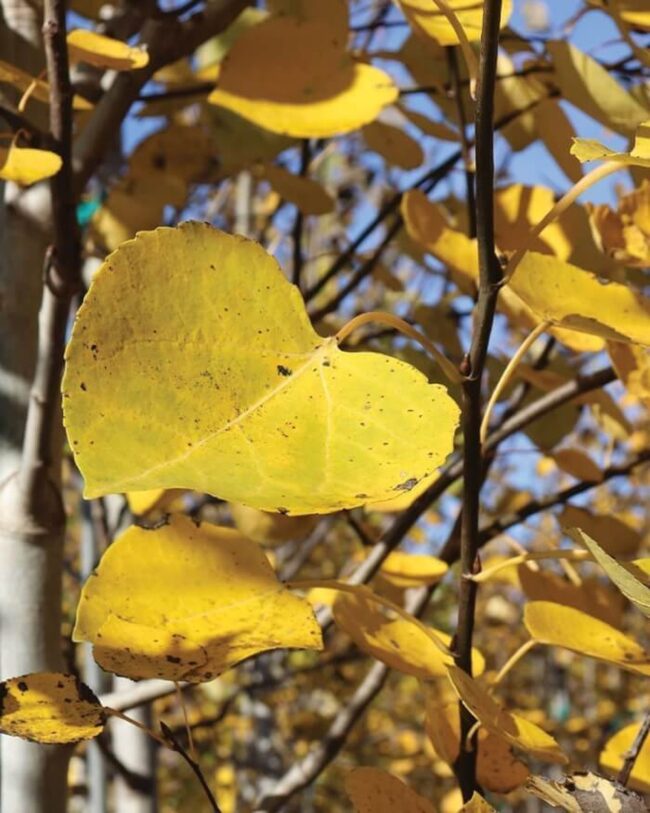
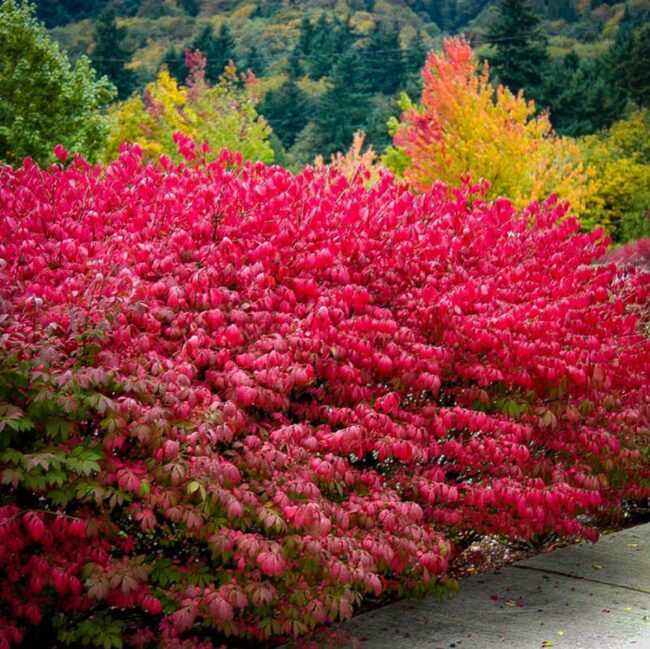
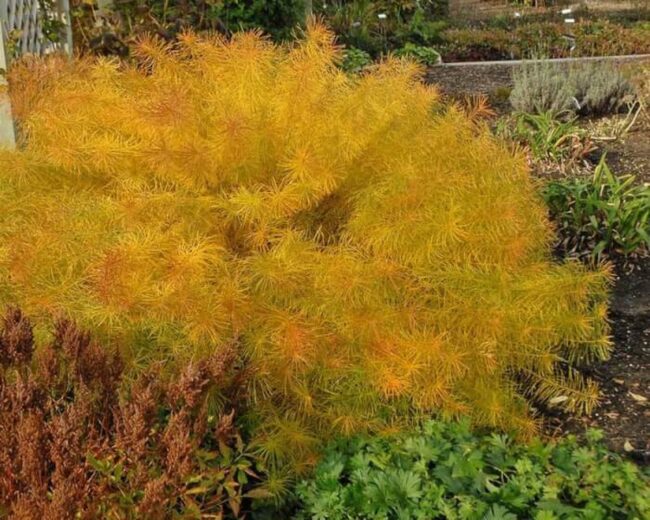
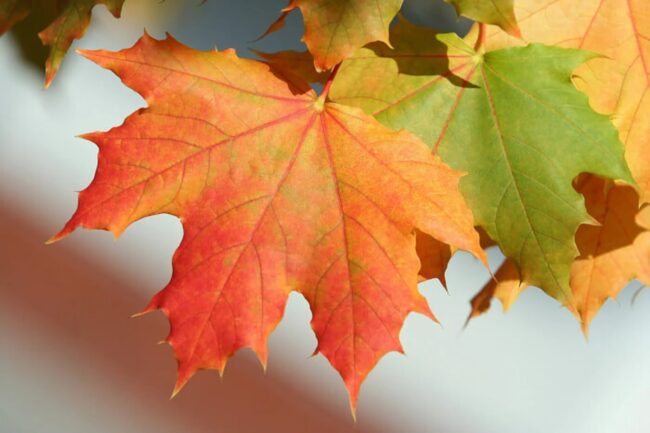
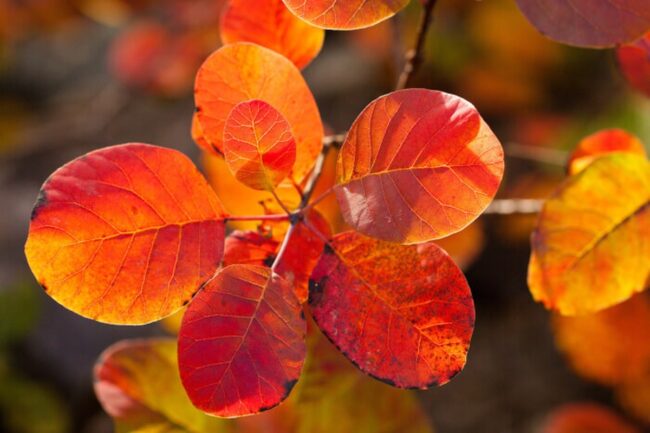
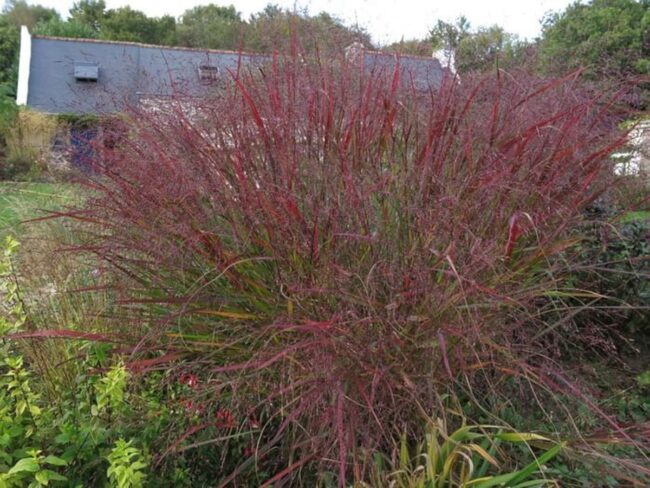
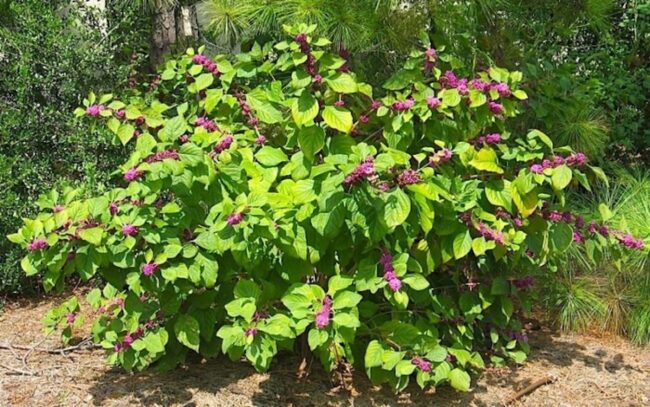
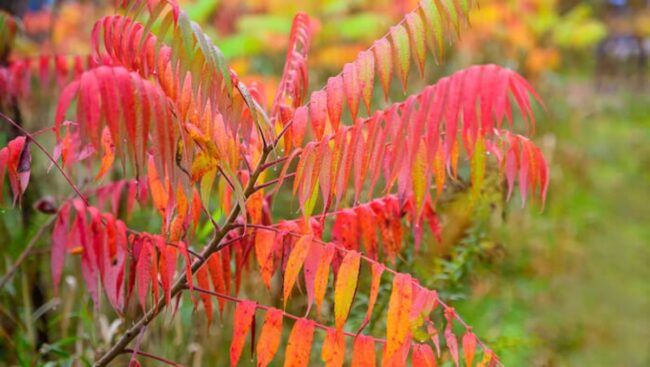
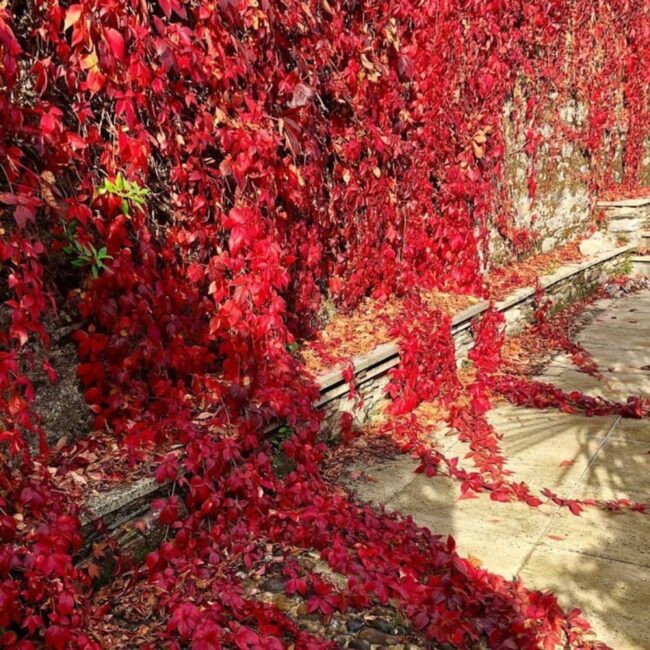
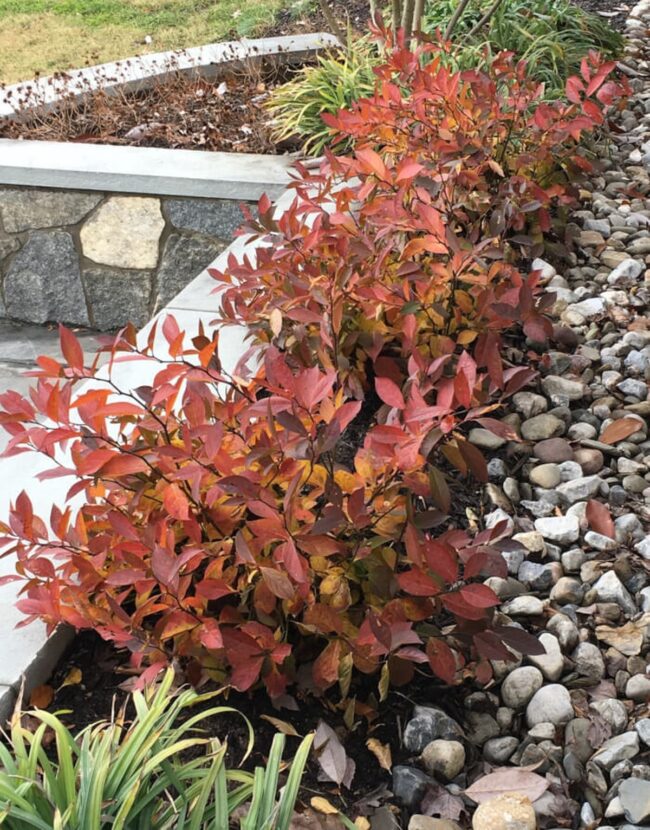
Liam Patel
Senior Editor & DIY Craftsman
Expertise
DIY home decor, interior design, budget-friendly styling, sustainable upcycling, creative crafting, editorial writing
Education
Pratt Institute, Brooklyn, NY
Liam Patel is the Senior Editor at Archeworks.org, where he shares creative DIY and home decor ideas. With a degree in Interior Design and years of experience in home styling, Liam focuses on easy, budget-friendly projects that make spaces personal and beautiful.
Liam’s tutorials, styling tips, and affordable solutions help readers design homes they love. He believes decorating is about self-expression and encourages everyone to embrace the joy of creating.